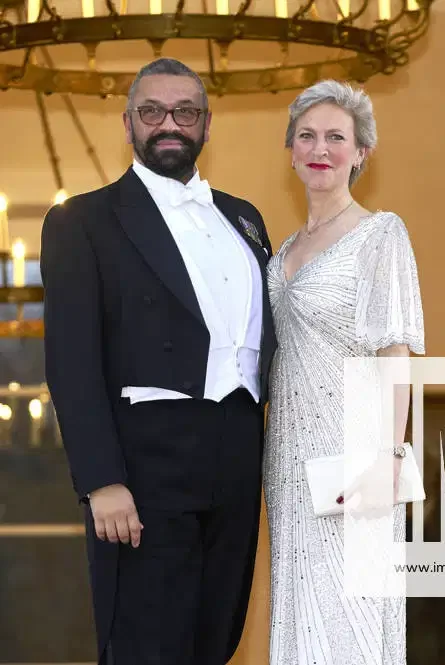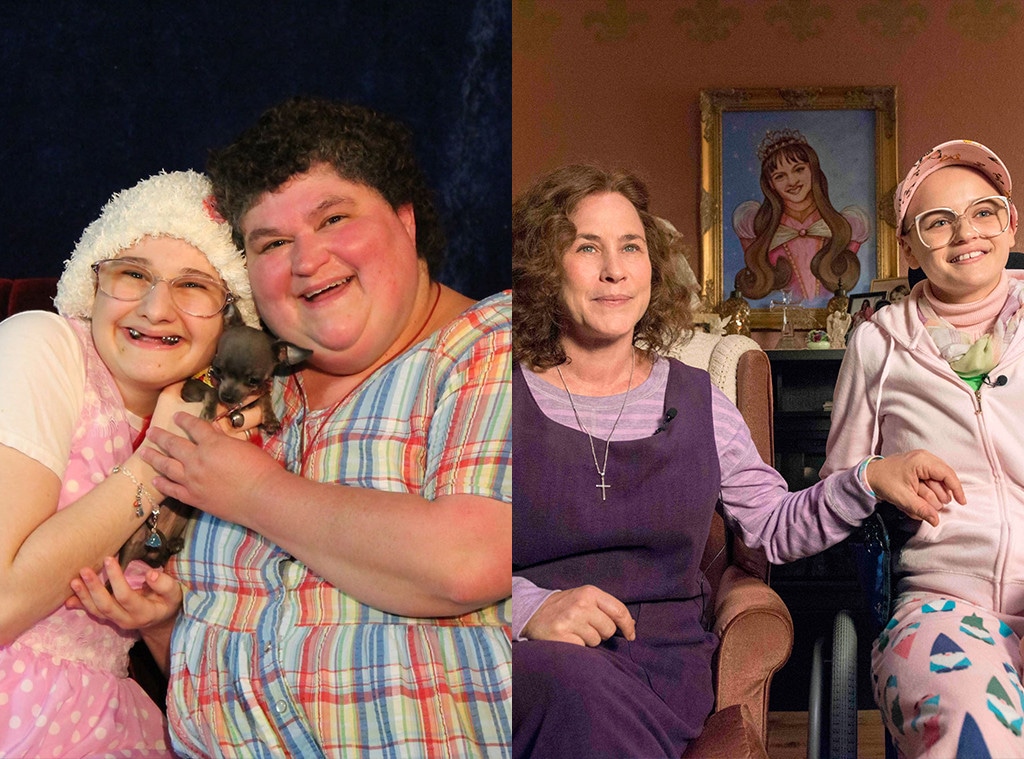
Image Credit : Shutterstock
Balayage on black hair has become a popular trend in the world of hair coloring. This technique offers a subtle and natural-looking way to add dimension and depth to dark tresses. As more individuals seek to enhance their appearance while maintaining their hair’s health, balayage has emerged as a versatile option that complements various skin tones and hair textures. From honey balayage to chocolate balayage, this method allows for customized results that can brighten and transform black hair.
For those new to the world of balayage, this guide provides a comprehensive overview of the process. It covers everything from understanding the technique and its benefits for dark hair to preparing the hair for the treatment. The article also includes a step-by-step breakdown of the balayage application process, making it accessible for beginners. Additionally, it offers insights on aftercare and maintenance to help preserve the ombre effect and keep the hair looking vibrant between root touch-ups and deep conditioning treatments.
Understanding Balayage for Black Hair
What is balayage?
Balayage is a French word meaning “to sweep” or “to paint,” which perfectly describes the technique used to apply color to the hair. This method involves hand-painting color onto the strands, sweeping it upwards towards the roots in an organic manner. The result is a natural-looking, sun-kissed effect that adds depth and dimension to the hair.
Unlike traditional highlights that use foils, balayage is applied freehand with a brush. This technique allows for a more customized and seamless blend of colors, creating a gradual transition that looks effortless and stylish. The absence of foils also means there’s no heat retention, which can help minimize damage to the hair during the coloring process.
Benefits of balayage for black hair
Balayage offers several advantages for those with black hair:
- Low maintenance: One of the most significant benefits of balayage is its low-maintenance nature. The technique creates a soft, natural-looking transition between colors, which means less frequent touch-ups are required. This makes it an ideal choice for busy individuals who want to enhance their appearance without committing to regular salon visits.
- Versatility: Balayage can be tailored to suit various hair types and textures, including naturally coily hair. The technique follows the hair’s curl pattern, ensuring a natural and flattering result.
- Healthier hair: Since balayage doesn’t require coloring the entire head of hair, it’s generally less damaging than all-over color treatments. This is particularly beneficial for those with black hair, which can be more prone to damage during lightening processes.
- Customizable results: Balayage allows for a wide range of looks, from subtle highlights to more dramatic color transitions. This versatility makes it suitable for those who want to make a change without committing to a drastic transformation.
- Enhanced dimension: The technique adds depth and texture to black hair, creating a multi-dimensional look that can make the hair appear fuller and more vibrant.
Choosing the right shade
Selecting the perfect shade for balayage on black hair is crucial to achieving a natural and flattering result. Here are some factors to consider:
- Skin undertones: The key to a complementary balayage is choosing a shade that works well with your skin tone. Those with warm undertones should opt for warmer colors like caramel or honey, while those with cool undertones might prefer cooler shades such as platinum or ash blonde.
- Desired intensity: Balayage black hair can range from subtle, natural-looking highlights to more dramatic color contrasts. Consider how much of a change you want to see in your hair when selecting a shade.
- Maintenance level: Lighter shades may require more upkeep, so factor in your willingness to maintain the color when making your choice.
- Professional advice: Consult with an experienced colorist who specializes in balayage for dark hair. They can assess your hair’s condition, texture, and your desired outcome to recommend the most suitable shades and techniques.
- Gradual approach: For those new to hair coloring or hesitant about dramatic changes, starting with a shade just a few levels lighter than your natural black hair can provide a beautiful, low-maintenance result.
- Image Credit : Yandex

When done correctly, balayage on black hair can create a stunning, multi-dimensional look that enhances your natural beauty. Whether you’re aiming for a subtle sun-kissed effect or a more dramatic color transition, this versatile technique offers a customizable solution for those looking to add depth and dimension to their dark locks.
Preparing Your Hair for Balayage
Proper preparation is crucial for achieving the best results when getting a balayage treatment. This process involves assessing hair health, providing pre-treatment care, and gathering the necessary tools and products. By following these steps, individuals can ensure their hair is in optimal condition for the balayage process.
Assessing Hair Health
Before proceeding with balayage, it’s essential to evaluate the current state of one’s hair. This assessment helps determine if the hair is strong enough to withstand the chemical process. Individuals should consider the following:
- Texture and condition: Examine the hair for any signs of damage, such as split ends or excessive dryness.
- Previous treatments: Take note of any recent chemical processes, like straightening or perming, as these can affect the balayage outcome.
- Natural oil production: Observe how quickly the hair becomes oily, as this can impact the application process.
Pre-treatment Care
To prepare the hair for balayage, several steps should be taken in the days leading up to the appointment:
- Avoid washing: Refrain from washing hair for 1-2 days before the appointment. This allows natural oils to build up, which can help protect the scalp and hair during the coloring process.
- Gentle exfoliation: A few days before the appointment, gently exfoliate the scalp to remove any product buildup that could interfere with color application.
- Deep conditioning: Apply a deep conditioning treatment 1-2 days prior to the appointment. This helps strengthen and moisturize the hair, preparing it to better withstand the coloring process.
- Avoid chemical treatments: Refrain from using any chemical treatments, such as straightening or perming, for at least 4-6 weeks before the balayage appointment.
- Regular conditioning: Use a conditioner daily for a week leading up to the appointment to ensure the hair is well-moisturized.
- Clarifying shampoo: Use a clarifying shampoo to remove product buildup, followed by a moisturizing conditioner.
-
Minimal styling: Avoid using heat styling tools and excessive product application in the days leading up to the appointment.
Also Read : Top 10 Standing Fans for 2024: Ultimate Buyer’s Guide
Gathering Necessary Tools and Products
To ensure a smooth balayage process, it’s important to have the right tools and products on hand. While a professional stylist will have most of these items, it’s helpful to be aware of what’s needed:
- Balayage boards: These specialized boards help create clean, precise color application.
- Brushes: A variety of brushes, including fine-tipped ones for face-framing pieces, are essential for proper application.
- Foiling comb: A long-tailed foiling comb helps create precise sections and clean lines during the application process.
- Cotton: Used to separate sections and control processing time for certain areas.
- Plastic wrap: This helps maintain moisture in the hair during processing, ensuring even color development.
- Protective clothing: Wear an old t-shirt or use a cape to protect clothing from bleach or color.
- Gloves: Latex gloves or alternatives to protect hands during the application process.
- Hair oils: Products like Moroccan oil or Argan oil can help keep hair moisturized and prevent breakage.
- Purple shampoo: This helps maintain the ashy blonde tones and prevent brassiness after the balayage treatment.
- Leave-in conditioner: Essential for maintaining hair health post-treatment.
By following these preparation steps and gathering the necessary tools, individuals can ensure their hair is in the best possible condition for a balayage treatment. This preparation not only helps achieve better results but also minimizes potential damage to the hair. Remember to communicate openly with the stylist about hair history, concerns, and desired outcomes to ensure a successful balayage experience.
Step-by-Step Balayage Application
Sectioning the hair
The first step in applying balayage involves sectioning the hair properly. This technique requires careful division of the hair to ensure a natural, graduated effect. The stylist typically begins by analyzing the hair in its natural state, considering factors such as thickness, texture, and elasticity. They then proceed to create sections that will guide the application process.
For a standard balayage application, the hair is often divided into four quadrants. The stylist takes wide sections and splits them in half, leaving out the bottom half to maintain some of the natural black color in the ends. This approach helps create a mix of lighter and darker pieces, resulting in a more natural-looking balayage.
When sectioning, it’s crucial to consider the client’s usual parting and styling preferences. For instance, if a client typically parts their hair down the middle, the stylist might start by taking the first section about 1.5 inches from the parting on each side. The sides are then sectioned from the corner of the back part down to the back of the ears.
Applying the lightener
Once the hair is properly sectioned, the application of lightener begins. Balayage involves hand-painting the color directly onto sections of hair without using foils or caps. This freehand technique allows for a more customized and natural-looking result.
The stylist starts by taking a diagonal parting, usually beginning from behind the ear down to the end corner. They pull the hair tight and weave an extra-fine section for baby lights, ensuring everything blends seamlessly. The lightener is then applied using a brush, running it down the hair shaft and feathering it up slightly.
It’s important to note that the application process varies depending on the desired effect. For a more subtle look, the stylist might opt for fine weaves placed about 1 cm apart. For a bolder balayage, they might use backward diagonal sectioning, holding the hair diagonally toward the client’s face.
The lightener is applied more heavily through the mid-shaft and ends, with less product near the roots to create a soft, graduated effect. The stylist ensures to saturate the hair with the lightener, feathering the color into the dark root to create a diffused line. A good technique involves turning the brush to the side to help feather the lightener effectively.
Processing time and checking progress
After applying the lightener, the processing time begins. This typically ranges from 20 to 45 minutes, depending on the desired level of lift and the hair’s condition. The exact processing time varies based on the hair type, texture, and the specific balayage technique used.
During this time, the stylist regularly checks the progress of the lightening process. They might open up the foils (if used) to see how the black color is being lifted and to ensure the remaining pigment is where it needs to be. For a rich brown color, having a red-orange under pigment can provide a great foundation that will hold the color well.
It’s crucial to monitor the hair closely during this stage to prevent over-processing and potential damage. The stylist may adjust the processing time based on how quickly or slowly the hair is lightening.
Rinsing and toning
Once the desired level of lift is achieved, it’s time to rinse out the lightener. The hair is thoroughly rinsed with cool water to remove all traces of the product. It’s important not to use shampoo at this stage, as it can cause the color to fade before it has fully penetrated the hair fibers.
After rinsing, a toner is often applied to refine the color and neutralize any unwanted tones. The toner is left on for about 20-30 minutes, depending on the desired result. Once the toning process is complete, the hair is rinsed again with cool water.
At this point, a sulfate-free conditioner can be used to help seal the cuticle and lock in the color. It’s recommended to avoid washing the hair with shampoo for at least 48 hours after the balayage treatment to allow the color to fully set.
The final result should be a beautiful, natural-looking balayage with soft, graduated highlights that complement the client’s base color and skin tone. Whether it’s a caramel, honey-like tone or a rich brown, the balayage technique creates a multi-dimensional, sun-kissed effect that enhances the overall appearance of the hair.
Aftercare and Maintenance
Balayage on black hair offers a versatile and low-maintenance way to add depth and dimension to dark locks. This technique has a significant impact on the hair coloring world, giving people with black hair more options to enhance their look without causing excessive damage. The step-by-step guide provided in this article aims to help beginners understand the process, from preparing the hair to applying the color and maintaining the results.
By following these guidelines and working with a skilled colorist, individuals can achieve stunning, natural-looking results that complement their features and lifestyle. The key to a successful balayage lies in proper preparation, careful application, and dedicated aftercare. With the right approach, balayage can transform black hair, creating a beautiful, multi-dimensional look that’s sure to turn heads.
Embrace the magic of balayage and let your dark hair shine!
Conclusion:
Balayage on black hair is a transformative technique that can enhance your natural beauty while maintaining low maintenance. By following the steps outlined in this guide and working with a skilled colorist, you can achieve a stunning, multi-dimensional look that complements your unique style. Remember, proper preparation, careful application, and dedicated aftercare are key to preserving the vibrancy and longevity of your balayage.
FAQs
What does the balayage process involve for dark hair?
Balayage is a French term meaning “to sweep.” This hair coloring technique involves highlighting or creating an ombre effect that adds natural-looking dimensions to your hair. It is done by painting sections of hair with a lightener and then brushing through the strands to achieve the desired level of lightness.
What should you know before getting balayage for the first time?
When considering balayage for the first time, it’s essential to discuss with your stylist the desired level of lightness and the shades that will best suit your natural hair color. Preparing for the maintenance and care of balayage-treated hair is also crucial.
Is balayage suitable for black hair?
Yes, balayage can be stunning on black hair. It adds dimension by incorporating highlights that are a few shades lighter than the natural hair color. This technique offers a modern and edgy appearance, making it a popular choice for enhancing black hair.
Can you achieve balayage on black hair without using bleach?
Yes, a no-bleach balayage option is available for those looking to minimize damage to their hair. This gentler technique slightly alters your natural hair color by one or two levels, according to Sierra Kener, a stylist at Nine Zero One. This method is ideal for those seeking a subtler change.







